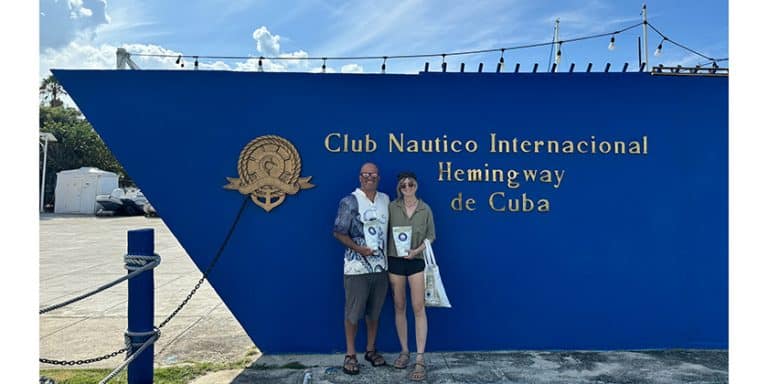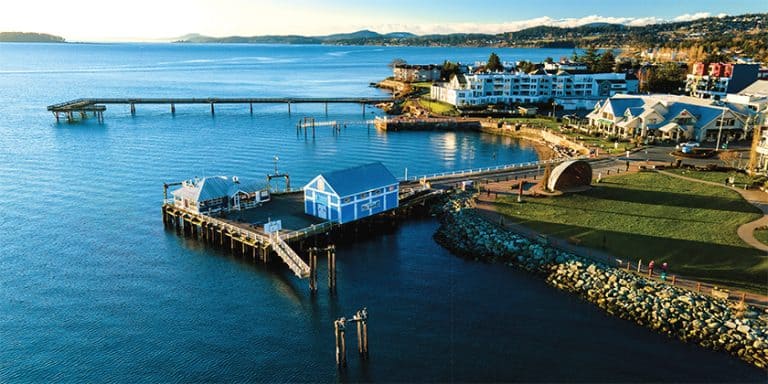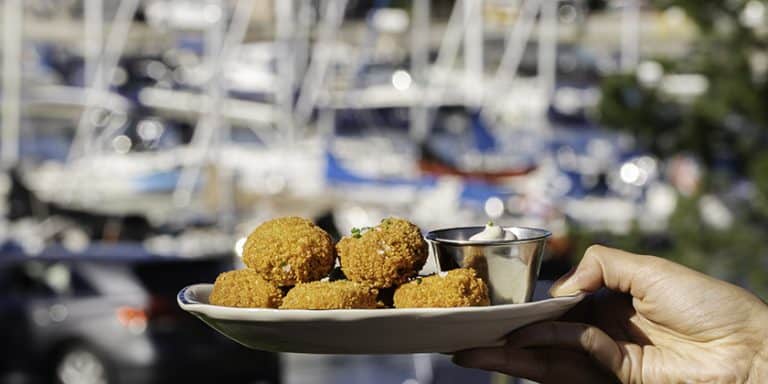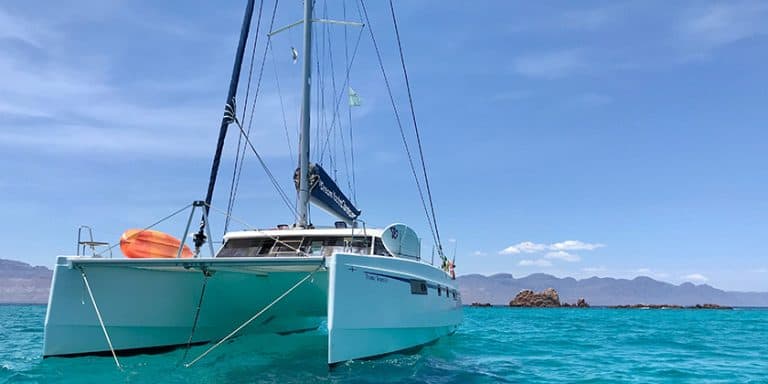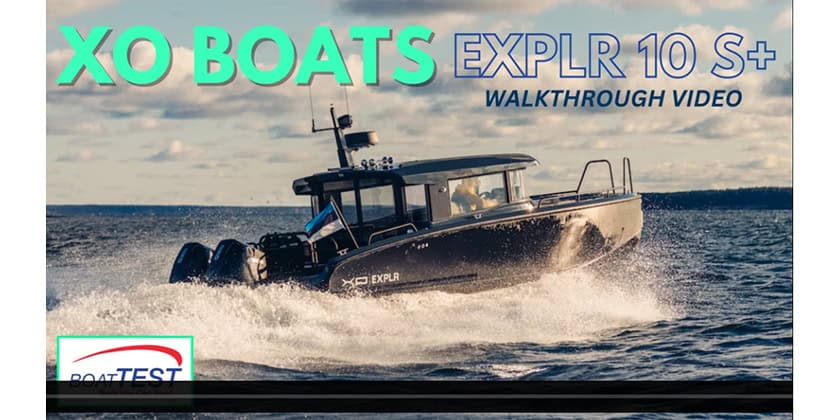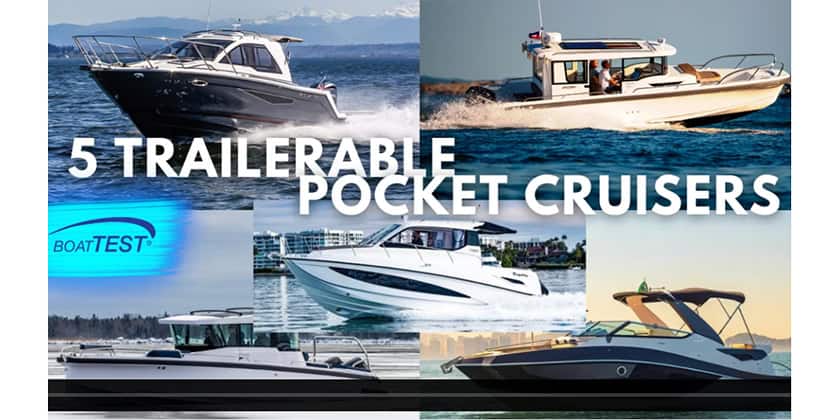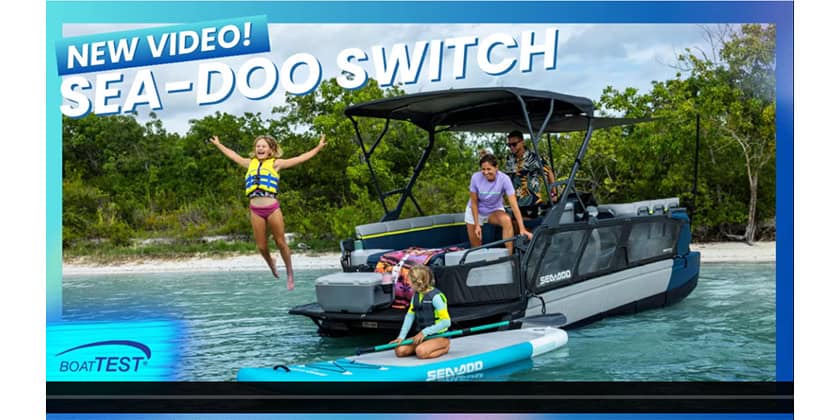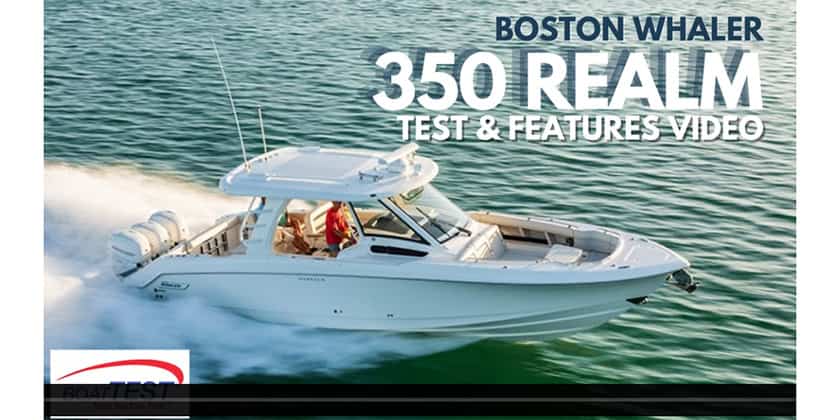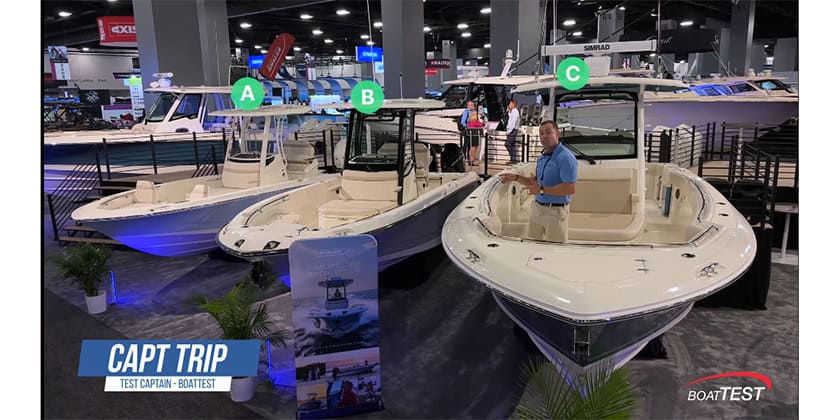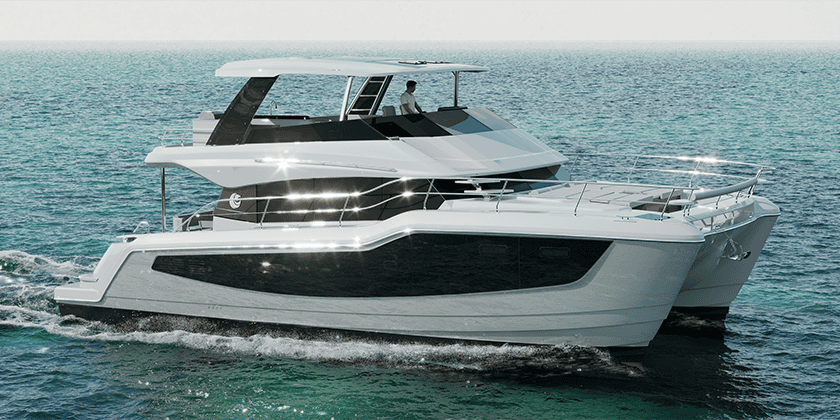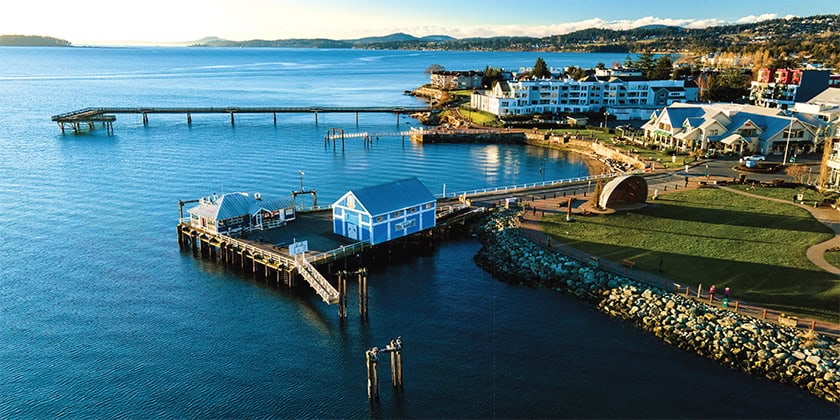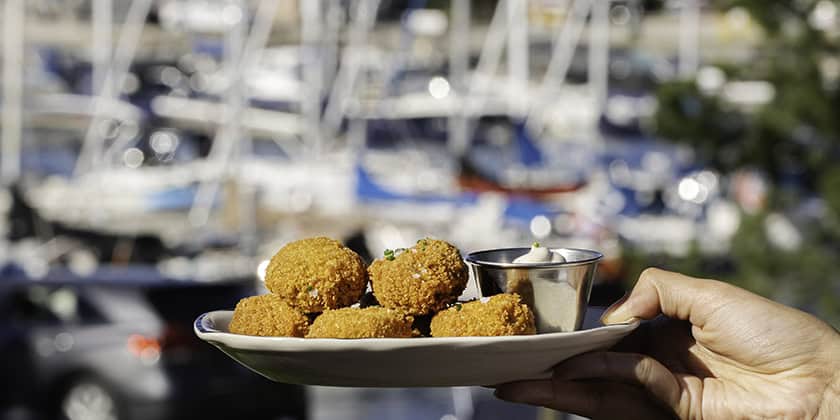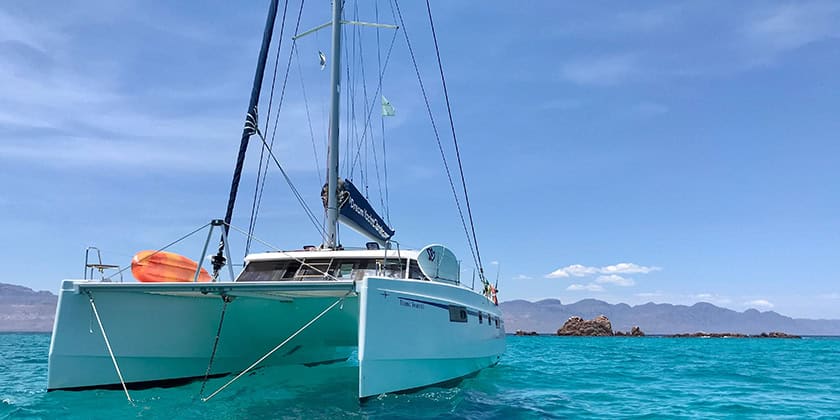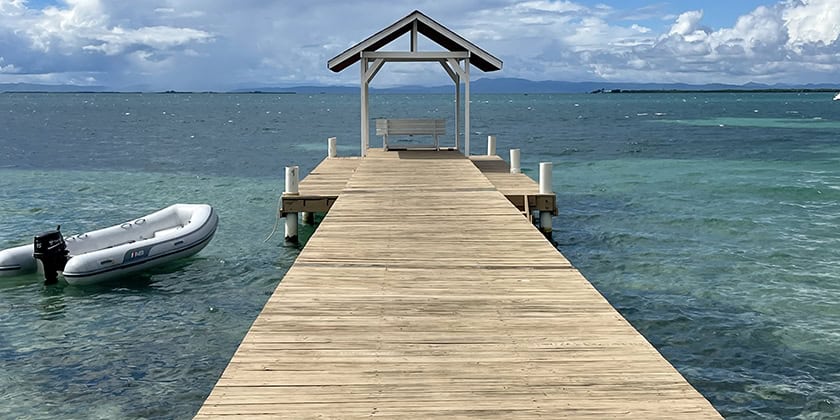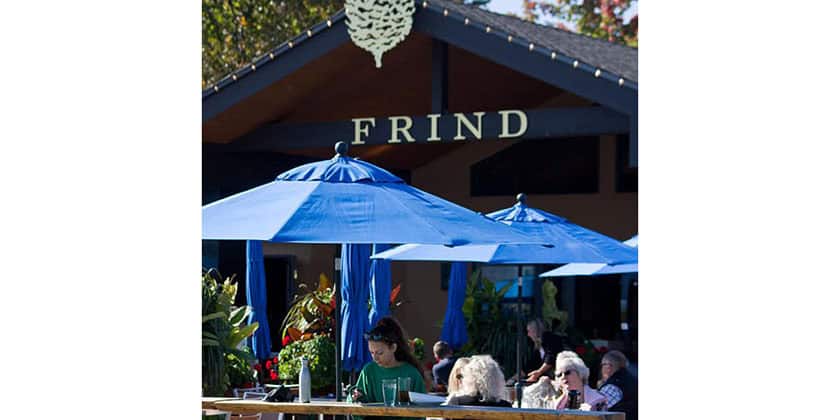Sailing on Turkey’s Turquoise Seas
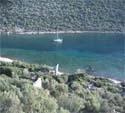
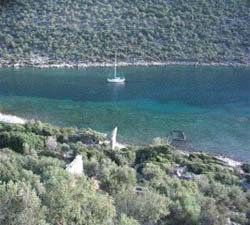 The term “turquoise seas” is an expression I equate with idyllic cruising so when my mate, Paul, proposed a cruise along the Turquoise Coast I just knew it was going to be a great experience. The Turquoise Coast is located on the southern shore of Turkey (Turquia in Spanish, Türkiye in Turkish) that embraces the Mediterranean Sea for nearly 1600 km or 994 miles.
The term “turquoise seas” is an expression I equate with idyllic cruising so when my mate, Paul, proposed a cruise along the Turquoise Coast I just knew it was going to be a great experience. The Turquoise Coast is located on the southern shore of Turkey (Turquia in Spanish, Türkiye in Turkish) that embraces the Mediterranean Sea for nearly 1600 km or 994 miles.
The region is scattered with classical cities left in quiet ruin for intrepid sailors to discover for themselves in picturesque isolated bays; the best fine-sand beaches, better many think than those found on Turkey’s Aegean Coast; wonderful clear water which is, yes, turquoise in colour due to the fine sand bottom in many of the coast’s numerous bays; and just for dramatic effect, the whole coast is backed by the majestic and often snow-topped Taurus Mountains.
It was a revelation to me that the word “turquoise” was derived from the French word for Turkish, “Turquois”, and I wondered if the blue-green gemstone that I’m so fond of was found in abundance here. The colour is certainly used extensively in the ceramic tiles used to decorate palaces, places of worship and humble homes throughout Turkey–apparently it’s a misconception. One of the best sources is Iraq, since turquoise occurs in dry arid places, and from there it was traded at Turkish bazaars to Venetian merchants who brought it to Europe, hence the name association with Turkey.
Earlier that summer, Paul and I had sailed north along Turkey’s Aegean coast (whose beaches had rated pretty fairly with me) aboard our Classic 37 sailboat, Two-Step, which is our home for half the year. Following a few days struggle against wind and current we then went up the Dardanelles to the exotic city of Istanbul, Turkey’s commercial centre, then back down to ride the northly Meltemi winds of high summer and early fall through the Northeast Aegean and Dodecanese Islands of Greece.
Now it was October and we and Two-Step were in Rhodes, Greece, in the shelter of the medieval town wall, only 24 miles from Marmaris, Turkey, where we would begin our voyage. Surrounding us was a fleet of charter yachts with newly arrived crews set to visit both Greece and Turkey for either one or two week visits. Thomas and Thanos who manage many of the yachts are great friends to visiting cruisers and recommend coming to Rhodes during the week to avoid the weekend turnover when the slips are full and reserved for bareboats. It’s a magical city and a great base for cruising this area.
Before heading to Turkey we had some stocking up to do before leaving Europe. In Turkey most people are Muslim and therefore alcohol and port products are forbidden for religious reasons. They are available there for tourists but at very high tourist prices so before doing the rounds to the Port Police, Passport Control, and Customs and Immigration Offices, to clear out of Greece, we stocked up on all our favourite wines, European cheeses, chocolates, salamis, smoked salmon, pork chops and bacon.
There are excellent yacht provisioners right on the quay in Rhodes and several large grocery stores in town. Most cruisers hire a taxi to transport their supplies back to the boat but since we had rented a scooter for sightseeing, we decided to imitate the Greeks and use it as a grocery-getter. It’s amazing how much stuff you can carry on one of these babies! There are a couple of good chandleries too and we made sure all our lockers were full. In Turkey there is a high tax on imported goods sold in stores so before leaving Europe stock up on any EU products, especially boat spares, that you might need during your time in Turkey.
With Two-Step’s waterline a little lower now, we said goodbye to Thomas and Thanos and cast off the docklines to set sail for the port of Marmaris in Turkey which we could see from the dock the whole time we were in Rhodes. The distance is only 24 nautical miles (nm) but the two ports are worlds apart. There wasn’t much wind that October afternoon so we motorsailed the whole way which took us about four and a half hours. Although we love Rhodes and the friendly Rhodians, it felt great to be out on the sparkling sea once more.
We arrived at Netsel Marina at around 6:30 p.m. It was almost dark and that night the clocks went back an hour making the days even shorter, a big change from summer cruising! There are many offices to visit to clear in to Turkey and it took us a few hours but then we hit the hay. We could hardly wait to begin our cruise.
The next morning the weather was beautiful – sunshine and 25 C temperatures–we set off along the coast. Along the way we re-visited some of our favourite anchorages in Ekincik near the Dalyan River, site of the ancient city of Caunos, and in Skopea Limani where we did a wreck dive now empty of boats in the off-season. When we passed Karacaoren and we entered exciting new territory.
The Lycian Coast of Turkey starts at the Dalyan River and includes the rugged coastline as far east as the port of Antalya, about 150 nm Our first stop was at the town quay in Kalkan (drop your anchor and go stern- or bow-to the quay. 20 million TL** per night, 5 million TL for water, 5 TL for electricity) and our plan for the next few weeks was to travel about half-way to Antalya, as far as Kekova Roads.
Rod Heikkel, the author of the Imray pilot “Turkish Waters and Cyprus Pilot”, 6th edition, describes the Lycian Coast of Turkey as follows: “In ancient times it was a coast feared by ancient mariners, and even today this coast is not a friendly one to sailors. It presents a hostile aspect from seaward but also some of the most majestic, almost primeval, scenery you will encounter in Turkish Waters.”
The Lycian Coast is named after the ancient Lycian cities established on this shore. The Lycians are thought to be an indigenous Anatolian race that appeared in this region sometime around the second millennium B.C. They were honoured by the Romans for their skill in battle and were skilled sailors and shipbuilders as well. They are renowned today for their funerary architecture -beautifully carved rock tombs and sarcophagi which still stand in such numbers that some of the locals use the empty tombs on their property for storage sheds, but with the respect shown by all Turkish people for past cultures and civilizations, they rarely deface the tombs, even if they’re using them for other purposes. The Lycian tombs and sarcophoghi dot the hills surrounding most anchorages along this coast and are sometimes seen in the water by the shoreline.
Such a place was our next stop, the anchorage of Asar Buku which is the site of the ancient Lycian city of Aperlae (400 B.C. to 7th C AD). Heikkel barely gives this anchorage a mention in his pilot book since in the prevailing westerly winds of the summer months this anchorage is untenable. But when we arrived on November 5th, we were experiencing light and variable winds mostly from the east, perfect conditions to visit this fascinating historical site. The anchorage is a small fiord between steep valleys and for the two days we stayed there, we had the place to ourselves to explore the ruins on the hillside, a mixture of original Lycian, then Roman and Byzantine architecture. We also swam and snorkeled (unrestricted here) through the now-submerged waterfront streets at the edge of the anchorage where there are vats still partially standing that once held the “royal purple” dye produced from murex seashells, the local industry at the time.



